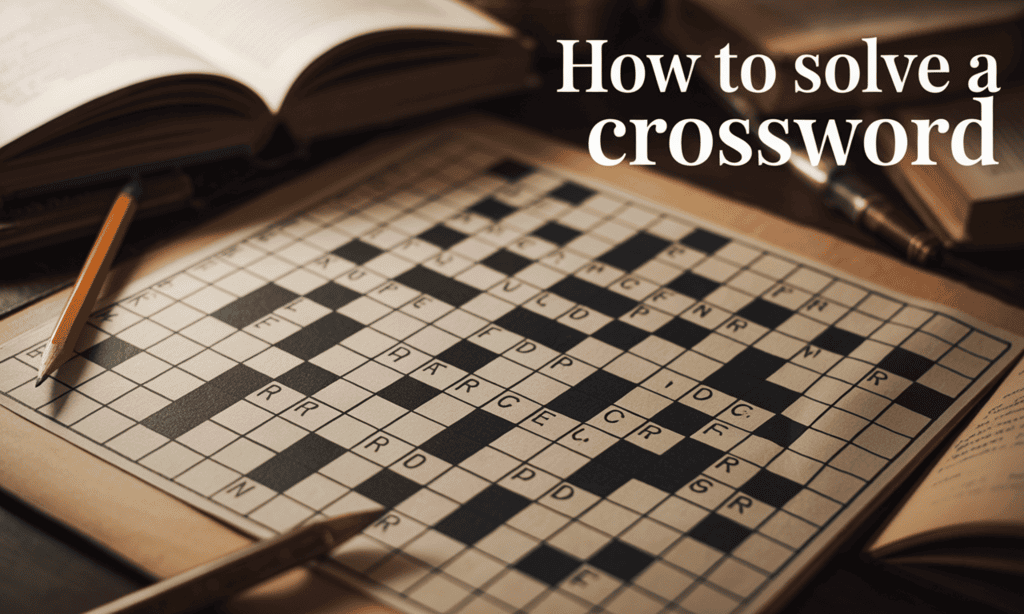How to Solve a Crossword | Crossword Puzzles: Solve like a Pro - Class 1 PDF Download
Crosswords are puzzles that test both knowledge and thinking skills. To solve them successfully, students need to follow some steps and strategies. Below are detailed notes combining explanation with key points.
Read the Puzzle Setup
Before starting, always look carefully at the crossword grid and the list of clues. Words are placed in two directions:
- Across (→): from left to right.
- Down (↓): from top to bottom.
Each clue has a number that matches a space in the grid. This helps you know where your answer belongs.
Begin with Easy Clues
It is best to start with the simplest clues because they give you quick answers and confidence. Short words, 2–3 letters, and fill-in-the-blank style clues are usually the easiest.
Example: “Opposite of hot (4)” → COLD.
Use Crossing Letters
One of the strongest strategies is to use the letters you already have. When you solve one word, its letters overlap with other words. These “crossing letters” guide you toward new answers.
Example: If you solved CAT going across, the “A” helps solve a down clue starting with “A.”
Pay Attention to Clue Types
Clues can be written in different ways. Understanding the type makes solving easier:
- Direct definitions → simple meaning.
- Fill-in-the-blank → complete the phrase.
- Synonym/Antonym → same or opposite meaning.
- General knowledge → facts like capitals, names, dates.
- Wordplay (advanced) → riddles, anagrams, or hidden words.
Count the Letters
Always check how many boxes are in the grid. The answer must fit exactly. This helps to reject wrong guesses.
Example: Clue – “Fruit (5)” → MANGO, not APPLE (6).
Use Logic and Elimination
Sometimes more than one answer seems correct. In such cases:
- Test your guess against the crossing letters.
- Remove options that do not fit the spelling.
- Be flexible — if an answer feels wrong, try another.
Work Step by Step
Good solvers don’t try to finish the hardest clues first. Instead, they:
- Fill easy answers.
- Return later to difficult ones.
- Use the filled letters to unlock tricky clues.
Build Vocabulary
The more words you know, the faster you solve. Keep a list of new words you learn from crosswords. Practice them often — better vocabulary always means better puzzle solving.
Group Solving
In classrooms, solving as a team is useful. When students share answers and ideas, puzzles get solved more quickly. Group solving also builds confidence and makes the activity fun.
Extra Tips
- Always check spelling carefully.
- Pay attention to singular/plural forms.
- Watch for tense (run vs. ran).
- Read clues aloud — sometimes hearing the clue helps.
- Practice regularly, because solving gets easier with habit.
|
1 videos|54 docs
|
FAQs on How to Solve a Crossword - Crossword Puzzles: Solve like a Pro - Class 1
| 1. What is a crossword puzzle and how is it structured? |  |
| 2. How can I improve my skills in solving crossword puzzles? |  |
| 3. Are there any strategies for beginners tackling their first crossword puzzle? |  |
| 4. What types of clues are commonly found in crossword puzzles? |  |
| 5. Can I find crossword puzzles online, and are there resources for learning how to solve them? |  |
















